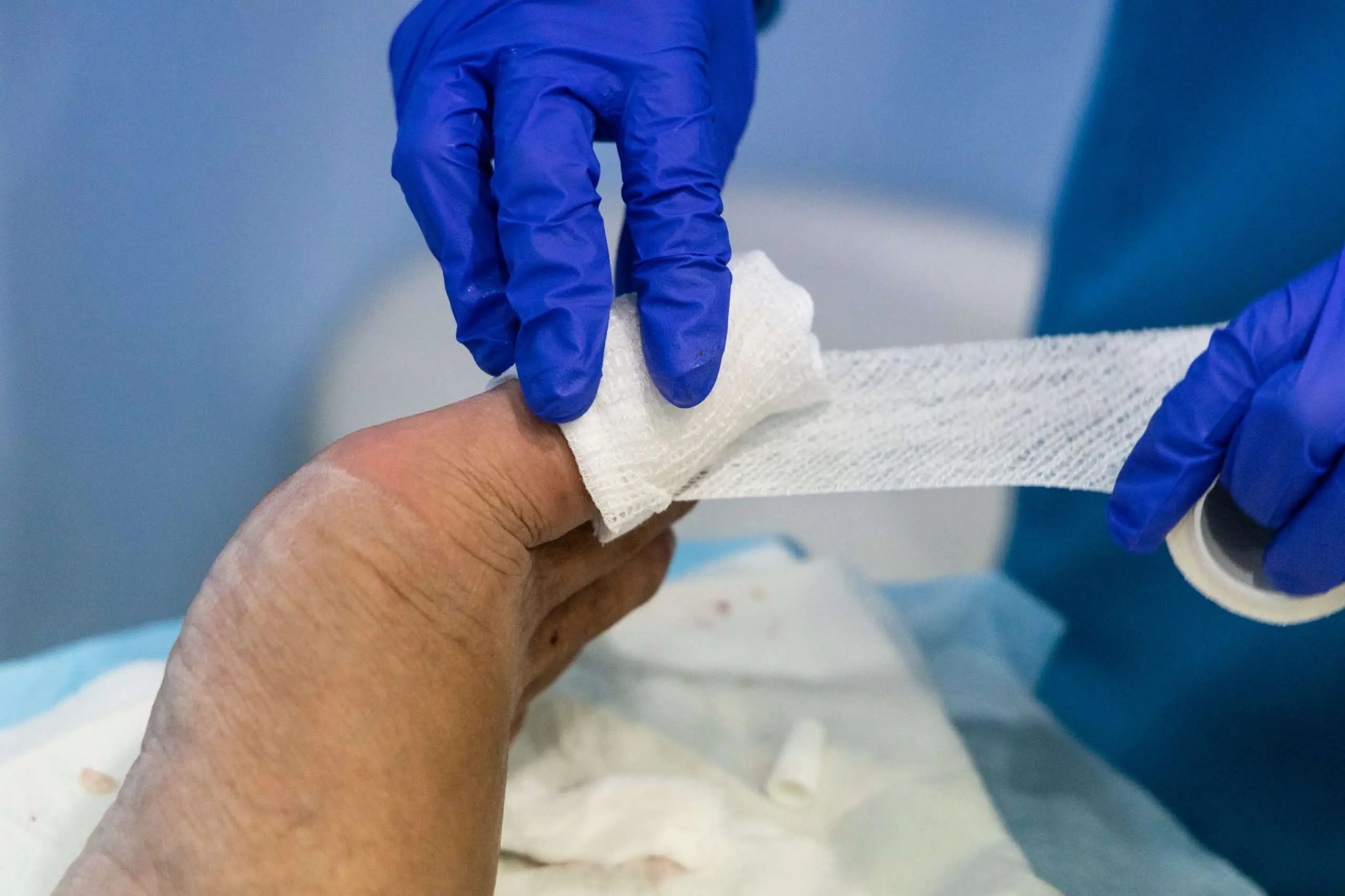
When a toenail is cut too short or clipped improperly, it will result in an ingrown toenail.
It’s also known as onychocryptosis, and it induces discomfort that can even make walking impossible.
While most ingrown toenails can be treated at home, a few may cause complications.
To avoid this, the podiatrist would most certainly recommend a matricectomy procedure.
This article will tell you what you need to know about ingrown toenail surgery, and the procedure for removing it.
1. Assessment of the toe and foot
It is impossible to choose a treatment option without first determining the source of the pain. As a result, before settling on matricectomy, the podiatrist will try and diagnose an ingrown toenail accurately.
The podiatrist will search for symptoms that suggest the existence of a troublesome nail during the visit to the clinic:
- Difficulty getting dressed comfortably;
- Pain in the toe, especially when walking;
- Discomfort that lasts longer than two weeks;
- Redness;
- A swollen, purulent toe (paronychia).
The podiatrist will assess the stage of the nail infection and begin therapy after recognizing the above signs.
2. The chosen intervention method
Obviously, the podiatrist will weigh a number of factors before recommending matricectomy.
The severity of symptoms, pre-existing medical problems, and the likelihood of recurrence of the ingrown toenail are all factors to consider.
If the condition permits, the podiatrist will usually provide for a minimally invasive procedure such as medical nail cutting or orthonyxia.
If the first attempts fail, they may elect to have the ingrown nail surgically removed, such as by a matricectomy.
3. Preparing the foot
It’s important to follow your podiatrist’s advice before having surgery on your foot, like a matricectomy.
Typically, his preoperative instructions are as follows:
- Make sure you’re aware of the kind of surgery you’re going to get and what it will entail.
- Before a minor surgery, you must disinfect your foot within 24 hours.
- Take your prescribed medicine at least one hour prior to the operation, if required.
4. The surgical procedure
The medical team caring for your foot will double-check the planning after you’ve been admitted to the facility.
The procedure will then take place as follows after the specifics of the process have been clarified:
- Local anesthesia is administered by the podiatrist, and may take anywhere from 1 to 6 hours based on the situation;
- The toe is cleaned and disinfected;
- A tourniquet is added to the base of the toe if it is necessary for the procedure;
- A surgical spatula is used to gently pull back the nail;
- The problematic portion of the toenail is cut away (usually 2 to 5 mm);
- A chemical method (phenolization) is used to dissolve the nail’s matrix if necessary;
- Alcohol or a saline solution is used to disinfect the infected region;
- The podiatrist will add an antibiotic solution, as well as a gauze bandage and a waterproof dressing, to the foot.
5. Postoperative measures
You will go home the same day as this is a minor foot surgery and the anesthetic is local.
However, it is important that you obey the podiatrist’s post-operative instructions:
- In the first few hours of surgery, avoid making the foot wet;
- During treatment, disinfect the wound for 2 to 3 weeks.
- Since the matricectomy, do not exercise for 7 days.
- If at all practicable, wear shoes that don’t put too much pressure on your heels.